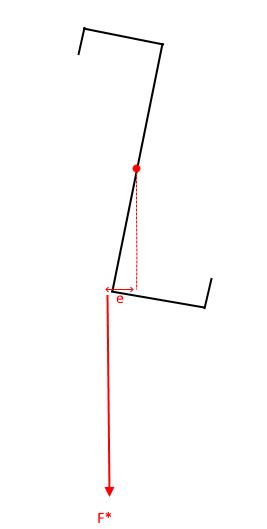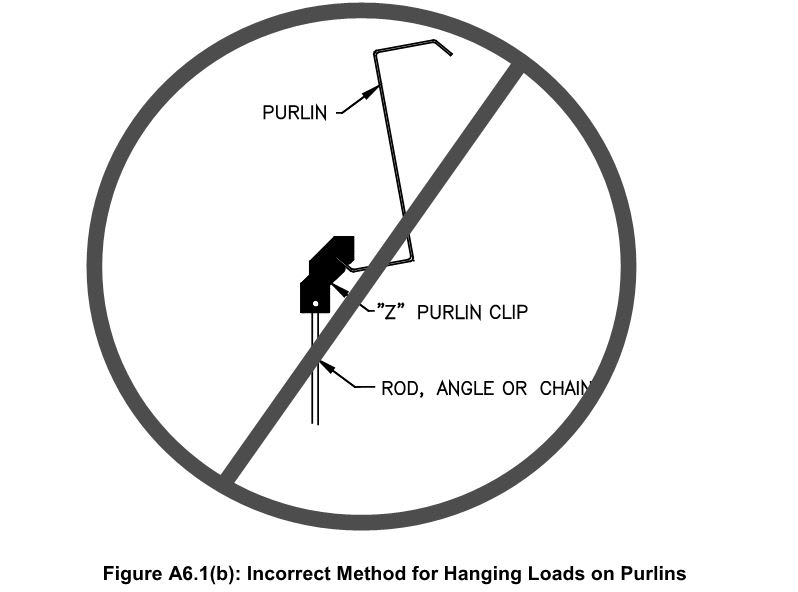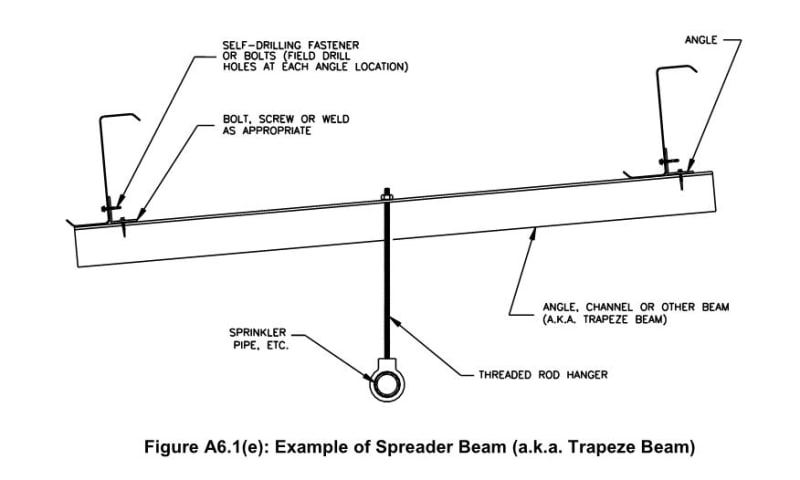Tomfh
Structural
- Feb 27, 2005
- 3,581
We have some threaded rods we need to hang from Z-purlins (5 degree incline). Load around 1kN per rod. What's the best way to attach them?
The recommendation is always to hang loads from the purlin web, however many proprietary rod clips hang from the flanges:

Hangers like these (4029706, RH1200) attach to the web, but likely wouldnt work with non vertical purlin webs. The rod would be at an angle.

I'm also wondering how to assess the resultant twisting load applied to an inclined purlin.

Any advice would be appreciated...
The recommendation is always to hang loads from the purlin web, however many proprietary rod clips hang from the flanges:

Hangers like these (4029706, RH1200) attach to the web, but likely wouldnt work with non vertical purlin webs. The rod would be at an angle.

I'm also wondering how to assess the resultant twisting load applied to an inclined purlin.

Any advice would be appreciated...



